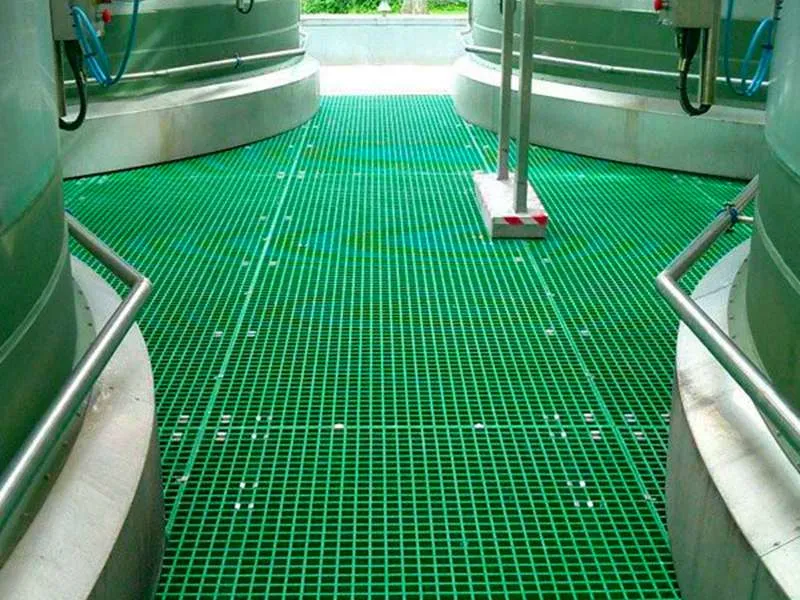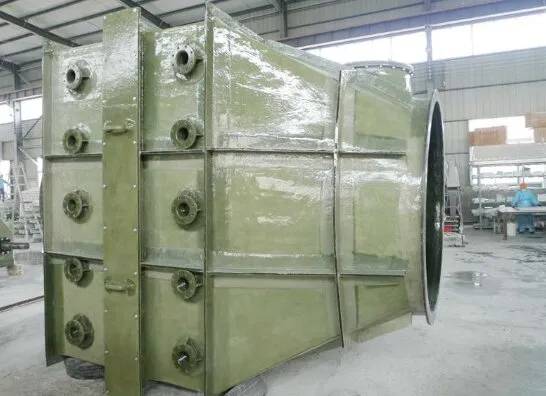
-
 Afrikaans
Afrikaans -
 Albanian
Albanian -
 Amharic
Amharic -
 Arabic
Arabic -
 Armenian
Armenian -
 Azerbaijani
Azerbaijani -
 Basque
Basque -
 Belarusian
Belarusian -
 Bengali
Bengali -
 Bosnian
Bosnian -
 Bulgarian
Bulgarian -
 Catalan
Catalan -
 Cebuano
Cebuano -
 China
China -
 China (Taiwan)
China (Taiwan) -
 Corsican
Corsican -
 Croatian
Croatian -
 Czech
Czech -
 Danish
Danish -
 Dutch
Dutch -
 English
English -
 Esperanto
Esperanto -
 Estonian
Estonian -
 Finnish
Finnish -
 French
French -
 Frisian
Frisian -
 Galician
Galician -
 Georgian
Georgian -
 German
German -
 Greek
Greek -
 Gujarati
Gujarati -
 Haitian Creole
Haitian Creole -
 hausa
hausa -
 hawaiian
hawaiian -
 Hebrew
Hebrew -
 Hindi
Hindi -
 Miao
Miao -
 Hungarian
Hungarian -
 Icelandic
Icelandic -
 igbo
igbo -
 Indonesian
Indonesian -
 irish
irish -
 Italian
Italian -
 Japanese
Japanese -
 Javanese
Javanese -
 Kannada
Kannada -
 kazakh
kazakh -
 Khmer
Khmer -
 Rwandese
Rwandese -
 Korean
Korean -
 Kurdish
Kurdish -
 Kyrgyz
Kyrgyz -
 Lao
Lao -
 Latin
Latin -
 Latvian
Latvian -
 Lithuanian
Lithuanian -
 Luxembourgish
Luxembourgish -
 Macedonian
Macedonian -
 Malgashi
Malgashi -
 Malay
Malay -
 Malayalam
Malayalam -
 Maltese
Maltese -
 Maori
Maori -
 Marathi
Marathi -
 Mongolian
Mongolian -
 Myanmar
Myanmar -
 Nepali
Nepali -
 Norwegian
Norwegian -
 Norwegian
Norwegian -
 Occitan
Occitan -
 Pashto
Pashto -
 Persian
Persian -
 Polish
Polish -
 Portuguese
Portuguese -
 Punjabi
Punjabi -
 Romanian
Romanian -
 Russian
Russian -
 Samoan
Samoan -
 Scottish Gaelic
Scottish Gaelic -
 Serbian
Serbian -
 Sesotho
Sesotho -
 Shona
Shona -
 Sindhi
Sindhi -
 Sinhala
Sinhala -
 Slovak
Slovak -
 Slovenian
Slovenian -
 Somali
Somali -
 Spanish
Spanish -
 Sundanese
Sundanese -
 Swahili
Swahili -
 Swedish
Swedish -
 Tagalog
Tagalog -
 Tajik
Tajik -
 Tamil
Tamil -
 Tatar
Tatar -
 Telugu
Telugu -
 Thai
Thai -
 Turkish
Turkish -
 Turkmen
Turkmen -
 Ukrainian
Ukrainian -
 Urdu
Urdu -
 Uighur
Uighur -
 Uzbek
Uzbek -
 Vietnamese
Vietnamese -
 Welsh
Welsh -
 Bantu
Bantu -
 Yiddish
Yiddish -
 Yoruba
Yoruba -
 Zulu
Zulu
Jan . 15, 2025 04:36
Back to list
Clarifiers & Settlers
In the realm of industrial piping systems, GRP (Glass Reinforced Plastic) pipe fittings have emerged as game-changers, redefining the standards of durability, efficiency, and environmental sustainability. These composite materials are not only robust but also offer unparalleled performance benefits in diverse applications, from chemical processing plants to wastewater treatment facilities. This article delves into the significant advantages of GRP pipe fittings, drawing from extensive industry experience and backed by expert analysis, to provide a comprehensive overview for professionals seeking reliable solutions in piping technologies.
Authoritativeness within the field is evident through the growing body of standards and certifications surrounding GRP pipe fittings, which ensure their suitability for critical applications. Industry standards such as ISO 14692 provide detailed guidelines on the specification, design, and testing of GRP piping systems, underpinning their reliability and effectiveness. Compliance with these standards is a testament to both the quality of GRP products and the manufacturers’ commitment to delivering trusted solutions. These rigorous endorsements serve to bolster confidence in the use of GRP fittings across various sectors, from oil and gas to municipal infrastructure. Moreover, the trustworthiness of GRP pipe fittings extends to their eco-friendly attributes. As industries worldwide pivot towards sustainable practices, GRP’s low environmental impact becomes increasingly relevant. The production of GRP generates fewer greenhouse gases compared to traditional materials, and its longevity reduces the frequency of replacements, thereby minimizing waste. Organizations focused on sustainability appreciate the role of GRP in contributing to greener industrial practices, which aligns with global environmental goals without compromising on performance. In conclusion, GRP pipe fittings offer a compelling blend of strength, durability, and sustainability, underpinned by authoritative certifications and trusted by industry leaders. The adoption of GRP fittings not only addresses the technical demands of modern piping systems but also aligns with evolving environmental imperatives. This balanced approach to performance and ecological responsibility makes GRP an indispensable choice for professionals seeking innovative and reliable piping solutions.


Authoritativeness within the field is evident through the growing body of standards and certifications surrounding GRP pipe fittings, which ensure their suitability for critical applications. Industry standards such as ISO 14692 provide detailed guidelines on the specification, design, and testing of GRP piping systems, underpinning their reliability and effectiveness. Compliance with these standards is a testament to both the quality of GRP products and the manufacturers’ commitment to delivering trusted solutions. These rigorous endorsements serve to bolster confidence in the use of GRP fittings across various sectors, from oil and gas to municipal infrastructure. Moreover, the trustworthiness of GRP pipe fittings extends to their eco-friendly attributes. As industries worldwide pivot towards sustainable practices, GRP’s low environmental impact becomes increasingly relevant. The production of GRP generates fewer greenhouse gases compared to traditional materials, and its longevity reduces the frequency of replacements, thereby minimizing waste. Organizations focused on sustainability appreciate the role of GRP in contributing to greener industrial practices, which aligns with global environmental goals without compromising on performance. In conclusion, GRP pipe fittings offer a compelling blend of strength, durability, and sustainability, underpinned by authoritative certifications and trusted by industry leaders. The adoption of GRP fittings not only addresses the technical demands of modern piping systems but also aligns with evolving environmental imperatives. This balanced approach to performance and ecological responsibility makes GRP an indispensable choice for professionals seeking innovative and reliable piping solutions.
Next:
Related Products









